Oz Rittner works at the Zoological Museum, Department of Zoology, Tel Aviv University, Tel Aviv, ISRAEL. He maintains the ‘Insect World of Israel’ website (www.nature-of-oz.com), as well as two other websites – www.argentinean-insects.com – Insects of Argentina, and a personal blog http://forgotten-lands.blogspot.com.
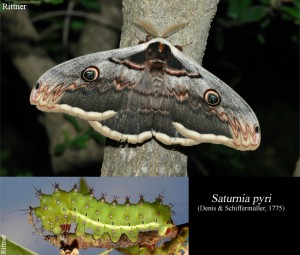
The moth fauna of Israel was not thoroughly studies until the 80’s when collaboration between researchers from Israel and Germany took place. However, it was focused only on Macrolepidoptera (mainly Noctuidae, Erebidae, Geometridae , Sphingidae, Saturnidae and Arctiidae) and so the majority of families remain unknown to us. Every time we place a light trap we see many species that we can’t identify and we
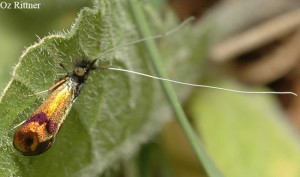
hope we will not have to wait too long for experts to take things in hand. The situation in the surrounding countries (Lebanon, Syria and Jordan) is not much better so the whole area at large still needs to be explored and studied.
The current knowledge on known species is not complete regarding full distribution range, biology, phenology and food plants and so each specimen we find in light traps is revealing more information.
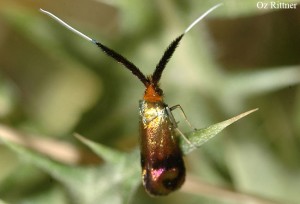
As in other places in the world, natural habitats in Israel are becoming smaller and scattered and since the study of local moth fauna is relatively new we can only wonder what species we already lost during the last half a century. Before the 1950’ the landscape of Israel was completely different from what it is today. Many sand dunes and marshes completely disappeared during the progress and agriculture took a huge amount of untouched habitats. The small size of Israel and the rapid building of
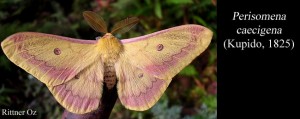
cities resulted in major loss of habitats. Still, we do enjoy a large amount of moth species.
Israel is located in an interesting junction between very different geographical zones. It is a meeting point between Asia, Africa and Europe and so the diversity is large. From the Negev desert in the south, through the Judean Mountains, thelong coastal plain and north to the Galillee and Golan heights the landscape changes dramatically and with it the soil, vegetation and weather. In a one hour drive (from West to East) we pass 4 completely different habitats, from one extreme to another.
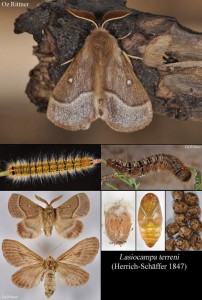
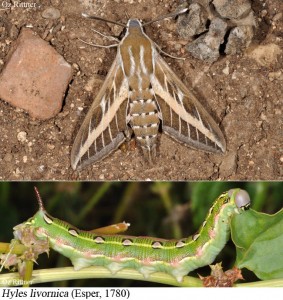
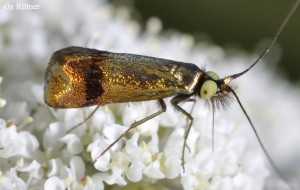
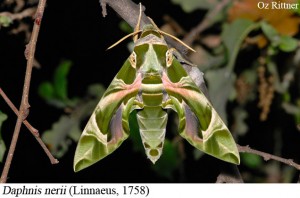
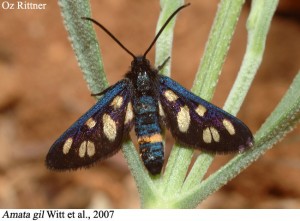
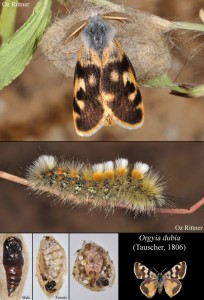
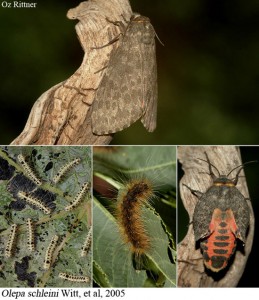
I love the international experience at this web site. Who knows that Van Gogh painted the Saturnia pyri during his stay at the mental institution in southern France? Saw the painting in Philadelphia and had to have the print which I have at my work desk. I just noticed the match!